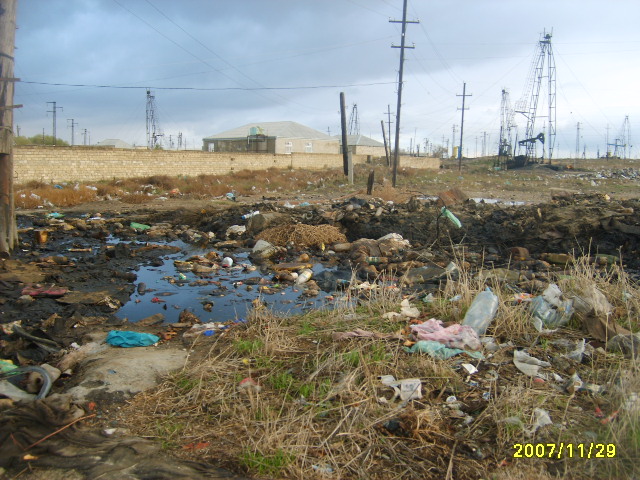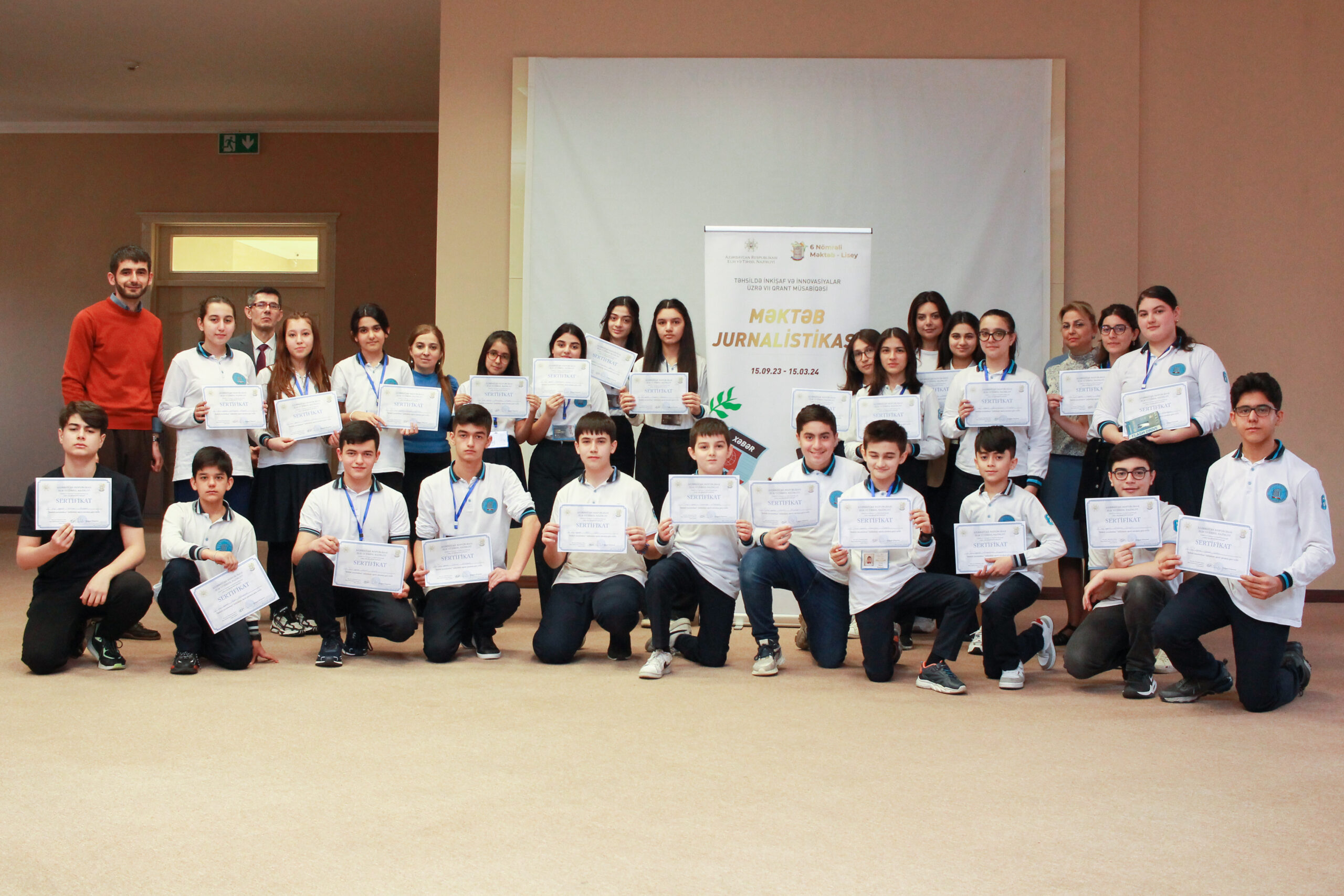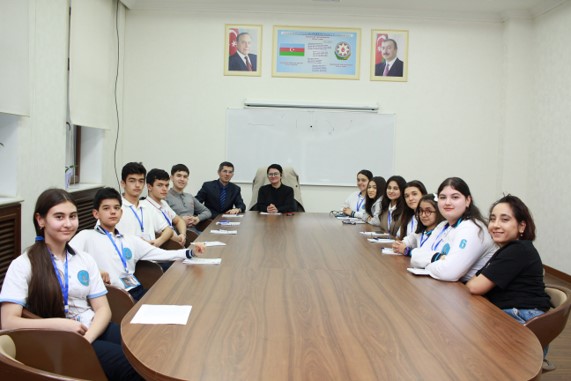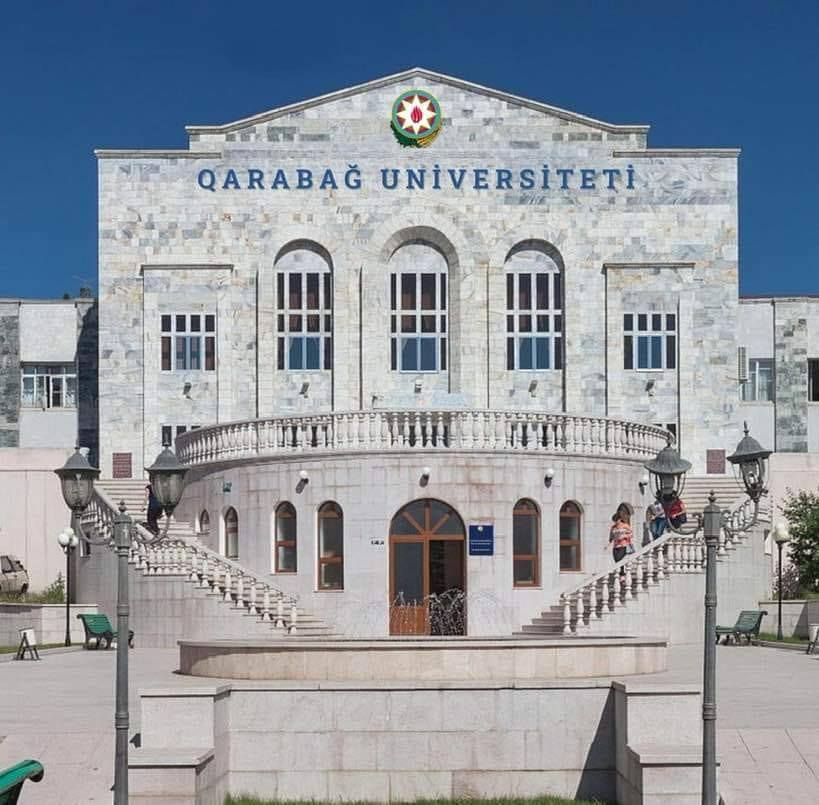Once upon a time, the Soviet Union was world-famous for two almost legendary items: “vodka” and “ikra” (caviar). Now, what’s the status of these three: vodka is the only one still in existence (rather plentifully), the Soviet Union sank into oblivion and can be followed by black caviar, pretty soon… Cows have milk to offer as sturgeons have caviar. That’s the way the children should be taught, in the countries of the Caspian region. Theoretically, that’s true. Practically, today, sturgeon is listed in Red Data Book as endangered species. By 2005, Convention on International Trade in Endangered Species of Wild Flora and Fauna (CITES) imposed restrictions, again, on the export of black caviar (huso – 50%, sturgeon – 10%, stellate sturgeon – 40%) from five Caspian states. The total catch of Acipenseridae is also reduced, by 7-12%.
The sharp decline to valuable fish stock is due to many causes, likewise: the Caspian Sea zone pollution, poaching, destruction of hydroflora, global climate change, Mnemiopsis leidyi invasion, unsustainable use of fish resources, imperfect scheme of keeping within the law on fishing, poor methods of quota identification with the respective failure to use the allotted quota for both reproduction of sturgeon and purposes of scientific research.
Back in 2003, Zulfugar Guliyev, expert of Azerbaijan Scientific Research Institute of Fishing, was a witness of sustainable and satisfactory status of the sturgeon stock in the Azerbaijan sector of the Caspian Sea, in accordance with the Reports of two seasonal expeditions that had been based on the estimations of sturgeon stock and reference captures. Slightly over two years have passed, and now, Mr. Guliyev also shares the opinion and concern of his colleagues, regarding the dramatic fall of fish stock.
The Caspian Sea used to be the home for up to 80% of the global stock of sturgeon… What has negative impact on the volume of fish is the pollution due to the major inflows in the Caspian Sea (to mention only the River of Volga, which takes 70-80% of the total inflow). It is the Volga River basin, where the major industrial enterprises of the Caspian region are concentrated. Out of two hundred major cities and 220 large enterprises located in the Caspian basin, it is only insignificant part that falls at the territory of Azerbaijan.
Pressure oil extraction is yet another negative factor involving an increased pollution of the Caspian Sea. This isthe opinion of Alvin Qasim Gul, Head of Caspian Environment Sector at Institute of Space Exploration of Natural Resources (Academy of Sciences of Azerbaijan). In his words, all of the resources a the Caspian are endangered…
Another problem that is still on the agenda is poaching. Additionally to giving concern to various international organizations it makes the different Caspian states to charge each other with illegal fishing. For this end, the UN Department of Wildlife Protection made it incumbent upon all the four of postSoviet countries in the Caspian Sea basin that they produce convincing evidence of the sturgeon protection measures they have implemented. Otherwise, these states will face the International Ban on Export of Caviar. The members of UN Convention on Endangered Wildlife Flora and Fauna Species also declared that the Russian Federation, Azerbaijan, Kazakhstan and Turkmenistan should provide the reliable and sufficient documents in support of their compliance of the Convention. The one in question is the Convention (signed in 2001, inParis) on Protection of huso, stellate sturgeon and Russian sturgeon – the foremost caviar sources globally.
The Convention’s target is the anti-pollution protection of the Caspian Sea, by means of a set of mechanisms, including conservation, restoration, viable and sustainable use and development of biological resources and through the sanctions under Framework Convention of Caspian Environment Protection (signed by the Caspian states, November 4, 2003 inTehran). In this Framework Convention, the Convention Parties agreed to take due measures, jointly or independently, for the prevention, minimizing and monitoring pollution in the Caspian Sea area; also, for the protection, preservation and rehabilitation of the Caspian marine environment; also, for the development of the Caspian Sea resources in such a manner not to damage its marine environment; finally, to co-operate between each other and with the competent international organizations in order to execute this Convention.
In 2004, Azerbaijan’s quota on caviar export was less then 6% (6 650 kg) of the total quota (113 554 kg) of the Caspian Sea, while the quota of Iran adds up to as much as 59% (66 540 kg), that of the Russian Federation – 21% (23 760 kg) and that of Kazakhstan — 15% (16 574 kg). These numbers witness that Azerbaijan cannot stand for a major caviar producer. By comparing the caviar domestic consumption rates at the domestic market we can have a rough idea of extra-quota production of caviar designed to meet the aforementioned demand.
At the recent Trans-Caspian Seminar in Rishta (Iran), Director of International Sturgeon Exploration Institute of Iran Mohammad Purkezemi reported that over 90% of huso has been extirpated to-date. President of Kazakhstan, Nursultan Nazarbayev, stated that while in the mid-80ies, the catch of the Soviet Union and Iran totaled over 30,000 tons of sturgeon, the formal data on the catch reported no more than 3.100 tons by 1995. Today, in 2005, both Kazakh and Russian scientists propose to completely discontinue the industrial stocking of sturgeon in the Caspian region for the nearest ten years. The NGO representatives from Azerbaijan also agree. According to Azer Garayev, Chairman of Azerbaijan Society of Animal Protection, CITES is obliged to ban the trade of sturgeon, and also to introduce moratorium on the export of black caviar, for several years.
However, this prohibition not only may fail to eradicate the trade, it may encourage illegal fishing. It means that a comprehensive Sturgeon Protection Concept should be elaborated to involve region-wide educational campaign among the population and the promotion of legal literacy of fishermen, provision of transparency and separation of powers between state bodies engaged in monitoring of sturgeon protection, distribution of fishing coupons, taxation and imposing fines for illegal fishing. In a number of regions, this will allow local population to make a market of renting premises, offering tourist and eco-tourist services and selling ecologically pure foodstuff or other items, provided that the relevant assistance to the local people exists.
Today, poaching is a matter of single local occurrence rather than a wide-scale social phenomenon, and it is only the coastal zone residents who are involved, for their own use. The experts of Secretary Mission of the Convention on International Trade in Endangered Species of Wild Fauna and Flora (CITES) share this opinion.
Within the framework of the Commission for Aquatic Biological Resources of the Caspian Sea, when approving the quota of sturgeon catch the Caspian Sea countries make annual reports on the release of reproduced young sturgeon in the sea. They also report on the status of forage reserve, anti-poaching package, etc. For instance, after the up-to-date fish hatchery was put into operation, in 2003, Azerbaijan released about 20 mln. young sturgeon into the Caspian Sea.
To date, Azerbaijan is the only Caspian state to advocate the abolition of commercial catch of some sturgeon species, although this approach was given a hostile reception to, from the other states in the Caspian basin.
In accordance with the decision by the Cabinet of Azerbaijan, amendments and additions have been made to the government regulation “On Ratification of Some Statutory Acts Related to Fish Industry” and “On Ratification of Fishery Resources Conservation and Industry Regulations”, which were adopted in September 1999. Earlier, fine for the catch of one ton of sturgeon was 18,250 AZM (or ca $4 at $1 = 4,700 AZM), that is a tenfold amount of the cost basis (CB) for biological resource consumption, regardless of its species, while currently, the fine rate is calculated as per each sturgeon species. For example, the catch of fish will cost fishing companies dear: the catch of one ton of white sturgeon – 300 CB (i.e. 5,475,000 AZM), sturgeon – 300 CB (3,650,000 AZM), and stellate sturgeon will cost 180 CB (3,285,000 AZM). The Department’s account will earn these amounts, which then will be transferred to the Environment Protection Foundation. The updated rates of penalty provision for illegal development of water bio-resources are also defined by the Department. The penalty for the illegal catch of one fish listed in the Red Data Book is increased from 100 conventional financial units (equals to 5,500 AZM or $1.3) to 250 conventional financial units. The poachers will pay 1,237,000 AZM for the illegal catch of one white sturgeon, instead of former 495,000 AZM, whilst the illegal catch of sturgeon, stellate sturgeon, salmon and sheefish (Stenodus leucichthys) will cost poachers over one million Manats (1,100,000 AZM) a piece.
Recently, a Working Group has been established at the MoE, to include leading environmentalists of Azerbaijan and representatives of National Academy of Sciences. The Working Group has to develop a draft law, at the demand of CITES, before September 2006. However, this law will not envisage criminal liability for the illicit trade in endangered rare species of flora and fauna. At the same time, the law will legalize the Convention, to which Azerbaijan has joined, and also introduce for natural persons the licensing of export and import of rare flora and fauna species, even make this process tougher.
MoE of Azerbaijan believes that, since sturgeon are migrant and transboundary species, each of the Caspian states should assume the obligation of sustainable use of this unique fish stock. Of much importance is the co-operation between the Caspian states in fields like: legal regime, determination of the status of the Caspian region and elaboration of mechanisms of international co-operation for information exchange, joint monitoring of the background of sturgeon species, as well as for elaboration of population estimation methods, also methods of stock assessment, etc. The ES Project on Sustainable Caspian Sea Fishery Management, implemented by Landell Mills Ltd., within the frameworks of the Caspian Environmental Program, is involved in the elaboration and perfection of modern methods of the fish resource evaluation.
Unfortunately, the constructive approach is not a thing used by everybody. And so, it is vital that every Caspian state make corrections to their policies having that significant negative impact on the Caspian environment. By nothing than the co-operation and constructive approach is it possible to make sensible improvement in the sphere of ecology. This will give us, and our descendants, the chance to find themselves fond of dainties and delicacies: black caviar…
Source: «Caucasus Environment»
«Природа Кавказа»





